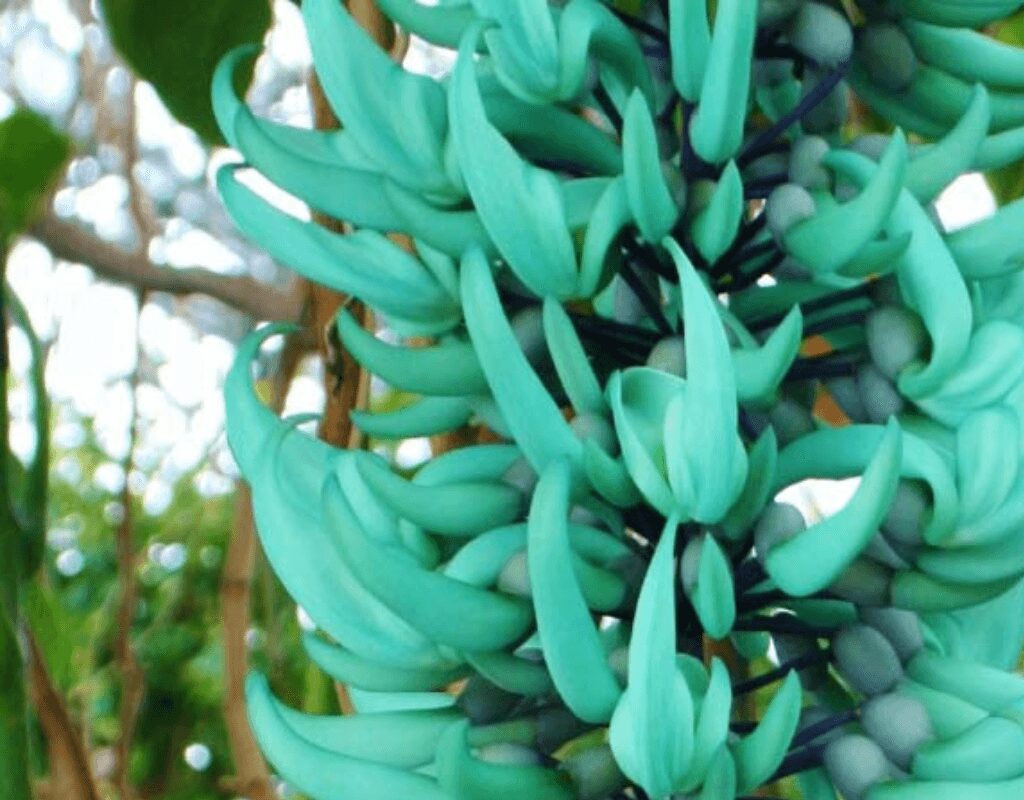248
Do you know the meaning of Greenery Day and how to celebrate it? As part of Japan’s Golden Week, Greenery Day is a time to appreciate nature and its gifts. In this article, we’ll explore its significance and share fun ways to enjoy the day, from visiting zoos and aquariums to exploring beautiful gardens. Discover how to make the most of this special day surrounded by nature.
According to the Cabinet Office of Japan, Greenery Day is a time to connect with nature, appreciate its blessings, and nurture a rich spirit.
The day honors Emperor Showa, who had a deep love for nature and animals from a young age. He devoted much of his life to studying biology, and his passion for the natural world inspired the name Greenery Day.
April 29 was originally celebrated as the Emperor’s Birthday during the Showa era. After the Emperor’s passing, the holiday shifted to the next emperor’s birthday, December 23. April 29 was set to become a regular weekday, but many felt that removing the holiday would cause confusion. To avoid that, it was renamed Greenery Day.
Later, a change in the public holiday law renamed April 29 as Showa Day, and Greenery Day moved to May 4.
Greenery Day is celebrated every year on May 4. It is part of Golden Week, one of the longest holiday periods in Japan. During this week, many people take time off to travel, relax, or enjoy seasonal events surrounded by nature.
Here are the dates for Greenery Day in the coming years:
Golden Week includes several national holidays:
April 29: Showa Day (to honor Emperor Showa)
May 3: Constitution Memorial Day (to reflect on the postwar Constitution)
May 4: Greenery Day (to enjoy nature)
May 5: Children’s Day (to celebrate children’s happiness)
There are no specific traditional customs tied to Greenery Day, but many places like zoos and aquariums offer free admission on this day.
It’s a great chance to enjoy Japan’s rich natural beauty. Why not take the opportunity to visit a park, forest, or nature facility and connect with the natural world?
The following places often offer free admission on Greenery Day:
Located in Hino City, Tokyo, Tama Zoological Park offers free admission on May 4, Greenery Day, and again on May 5, which marks the zoo’s anniversary.
The zoo is home to around 260 species of animals. Visitors can explore different regions of the world through themed zones: the Asia Area features animals like wolves and Japanese storks, the Australia Area includes koalas and kangaroos, and the Africa Area showcases animals such as lions, giraffes, zebras, and African elephants. There is also an insectarium for those interested in smaller creatures.

Famous for its giant pandas, Ueno Zoo in Tokyo offers free admission on May 4, Greenery Day. On Children’s Day (May 5), all middle school students can enter for free.
In addition to the giant pandas, visitors can see a variety of animals such as the Japanese serow, gorillas, tigers, elephants, and bears. There’s also an area where children can interact with animals, making it a great experience for families.

Located within Kasai Rinkai Park, Tokyo Sea Life Park offers an opportunity to explore over 500 species of marine life from around the world, as well as local aquatic environments.
Visitors can see stunning marine animals such as schooling bluefin tuna in the large tank and watch penguins swimming in one of the largest penguin displays in Japan. The aquarium features a variety of marine creatures, fish, and tanks, making it a fantastic destination for nature lovers.

This garden was created during the Cultural and Bunsei periods (1804–1830), a time when the culture of Edo townspeople flourished.
Initially, the garden was centered around 360 plum trees, but today it features a variety of seasonal flowers, including plum trees, bush clover, spring’s seven herbs, autumn’s seven herbs, snowdrop anemone, and dogtooth violets, with approximately 230 species of plants in total. Visitors can enjoy the beauty of these plants in tune with the changing seasons.

On May 4, Greenery Day, the garden offers free admission, and on Children’s Day (May 5), all middle school students can enter for free.
This garden features a large greenhouse that showcases tropical plants from waterside environments. Visitors can enjoy the sight of giant palms, including the giant palm tree, and experience a unique tropical environment with plants from the Ogasawara Islands, which are a UNESCO World Heritage Site. The garden offers a different experience compared to typical botanical gardens, with an emphasis on tropical flora.
